If you use your mobile phone, tablet, a small compact camera or some pro camera to take photos, there are always some important elements to consider when creating and shooting great photographic compositions.
I’ll try to summaries some of the key elements that I always bring with me when I’m shooting.
Don’t stress. Relax and enjoy. Don’t be afraid to look like a camera idiot. Step out and be bold.
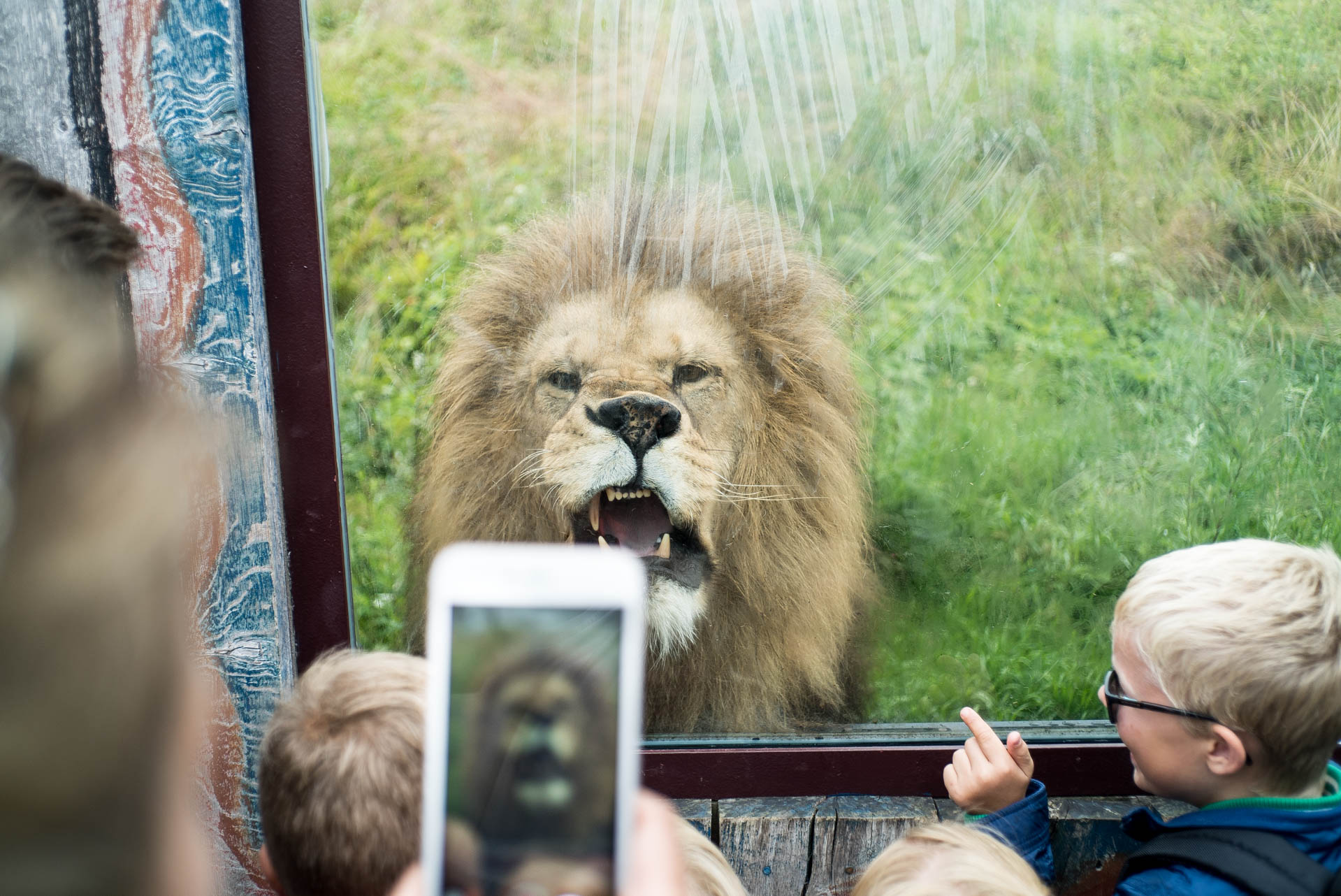
1. Be in the same wave lengths
Nothing looks good too far away and with totally wrong angle – when it is expected to be the thing or main focus in the actual photo. Try to get in the same height or in an untraditional angle. Be bold, go far and further than the others.
Examples:
Kids are playing on the floor, not in your height.
“Get down one floor or in the sand, and shoot.”
If you have a big monument in front of you, like the Eiffel Tower.
“Try to avoid loads of people and shoot the Eiffel Tower with something in the front: tree, flower, a sculpture, or your beloved eating ice cream or laughing of some joke you made. Avoid zoom and move until you find an angle that you feel is unique.”
Photos can actually look better and cooler than in the real world as long as you feel and find the wave lengths of what you shoot.
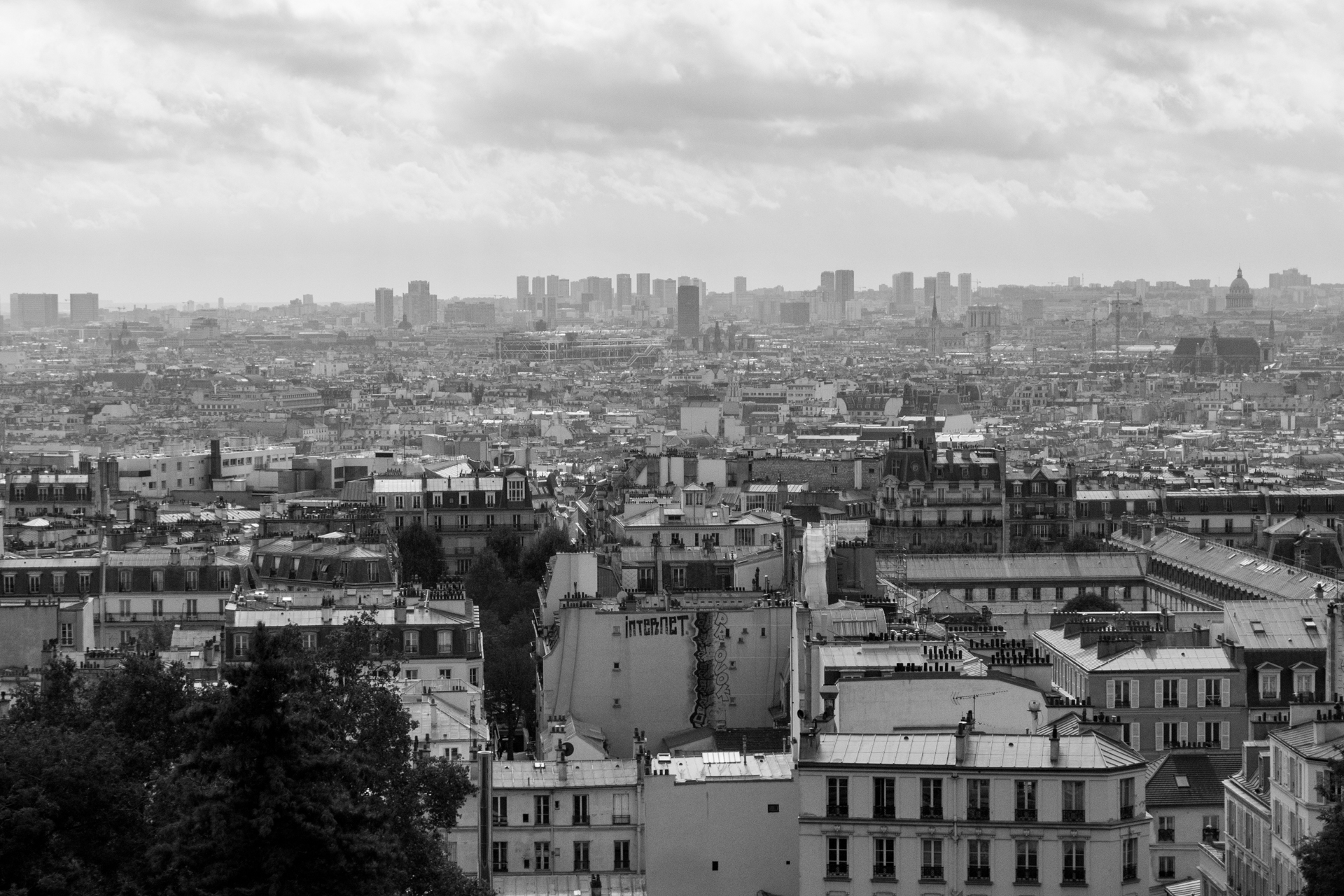
2. Try to avoid sun/light in the back or directly in the face of photos
You probably experienced being in a situation where you gather people and/or you want to take picture of someone dear to you. They are backlighted and their faces get all dark and you only get light and colors in the background of your photos.
“Camera flash can solve this, but it is easier to use a little more time and move into another angle. Use the sun/or source of light from another side and avoid to much sun/light in the back or in the face. If the sun/light are in peoples face they often make a grin or have eyes half open. So think twice and use few more seconds to get the light right or better before you shoot :-)”
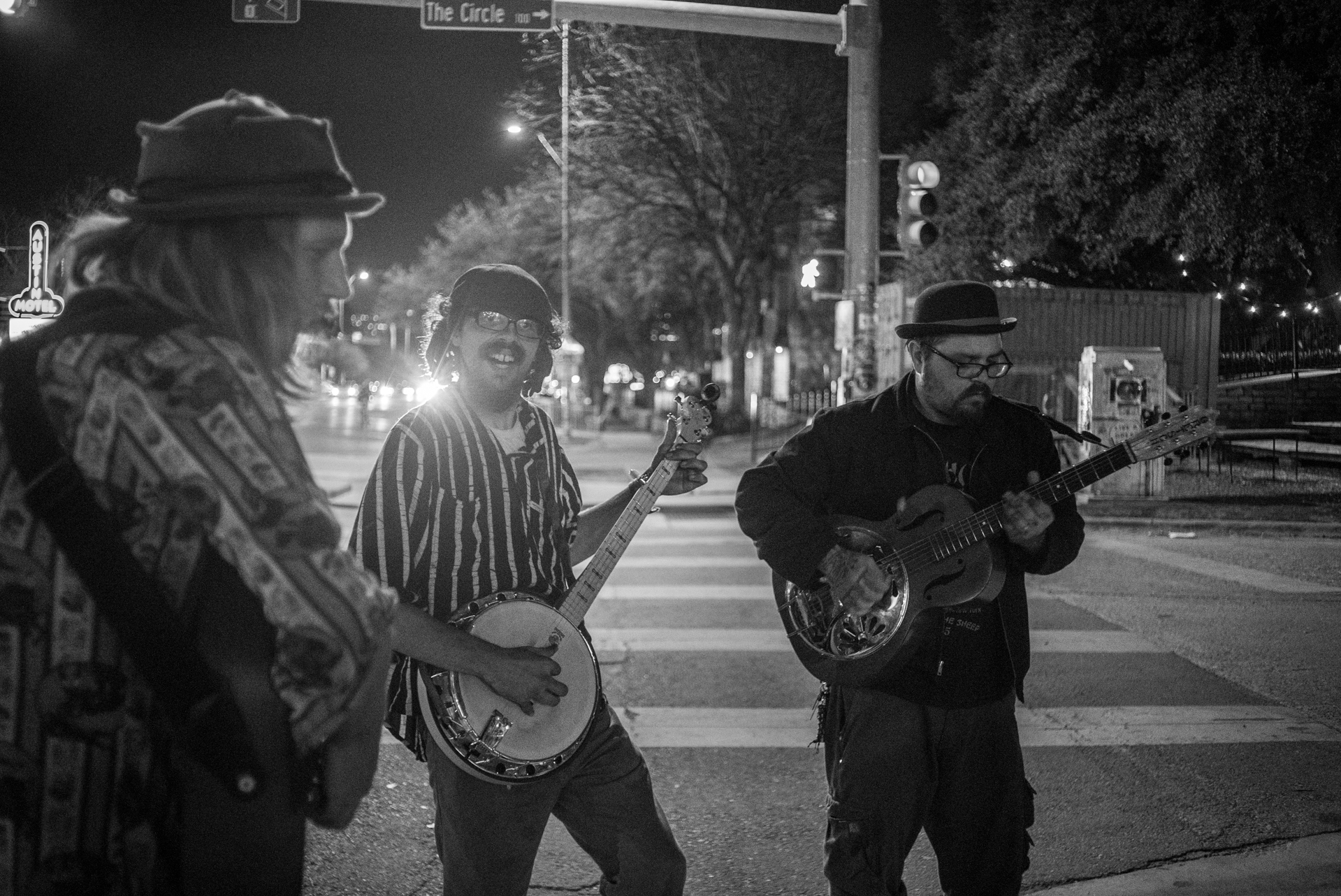
3. Photo light sources
You have probably experienced bad lit photos captured with a mobile camera of some sort in dark environments; they are often grainy and when you zoom in on them you cannot see who or what it actually is in the photo. Reasons for this can be missing light and high automatic ISO. This can be avoided if there are light sources you can use to your advantage – either by moving it or moving you and your camera.
Example:
You’re at a party and/or out eating and its getting late. You are enjoying the moment and want to capture it as a memory. It is dark.
“Take a look around; are there any light sources that you can use by moving it or move to it. Be creative, if you have candles on another table, use them. If you have friends with flashlights on their mobiles, make use of them as indirect lighting. Camera flash should be final resort.”
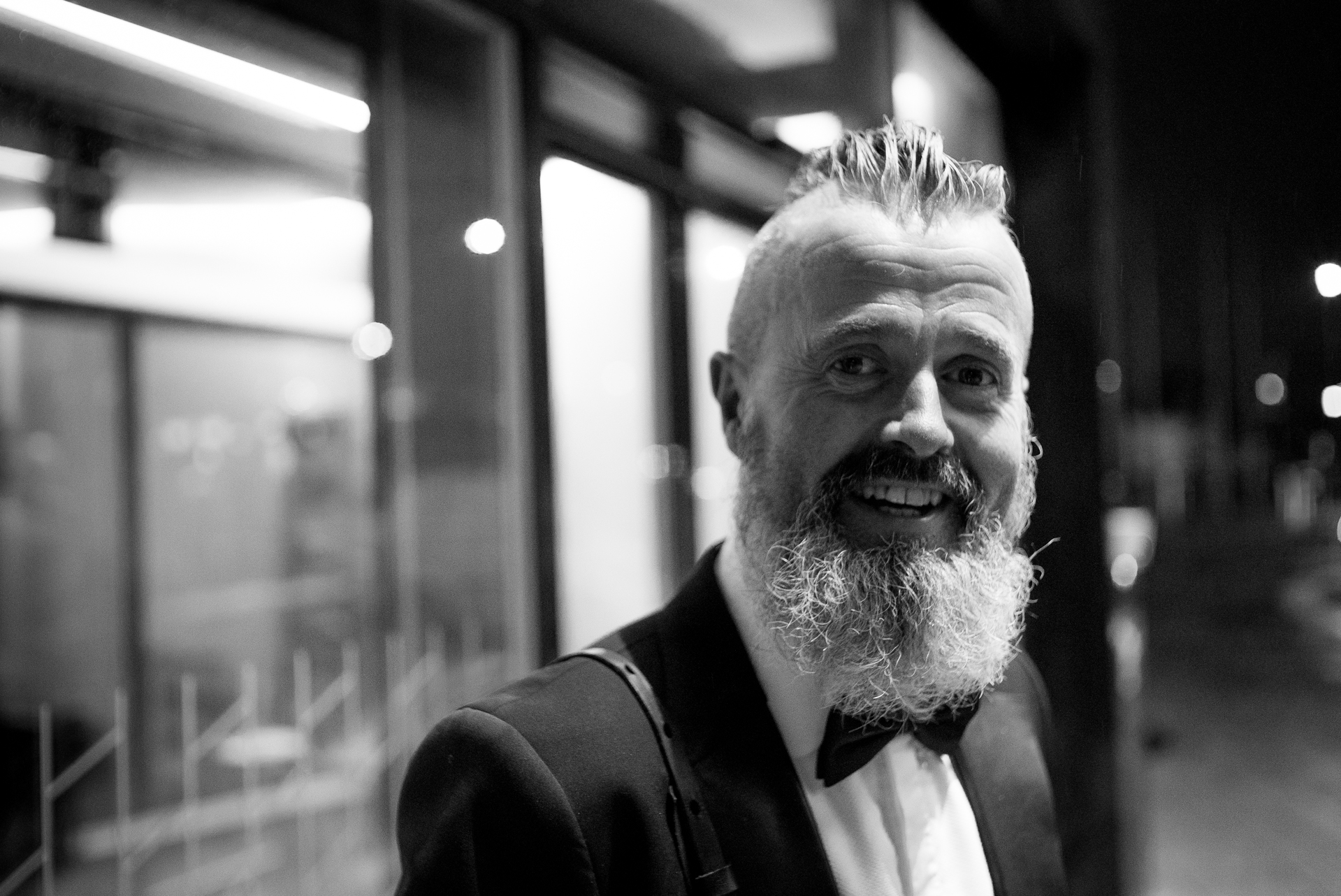
4. And finally, composition of photos
Great composed photos drags focus into it or focus through something. Next time you compose in a shoot or look at a photo try looking for something that helps dragging focus or life to the photo.
Example:
A photo can be split into several similar fictional columns. But three columns is enough. Try to avoid centring the objects/subject you’re going to shoot and instead try to place it to the left or the right of the three fictional columns you created in your head. Or use elements in the scene to gain focus on the main subject within the fictional columns.
“Look around; are there any details that can be cool to the photo, move until you have it in your scene. A sailboat in the background, nice car in the background, a nice bush. Avoid details that will ruin the actual feeling of the picture.”
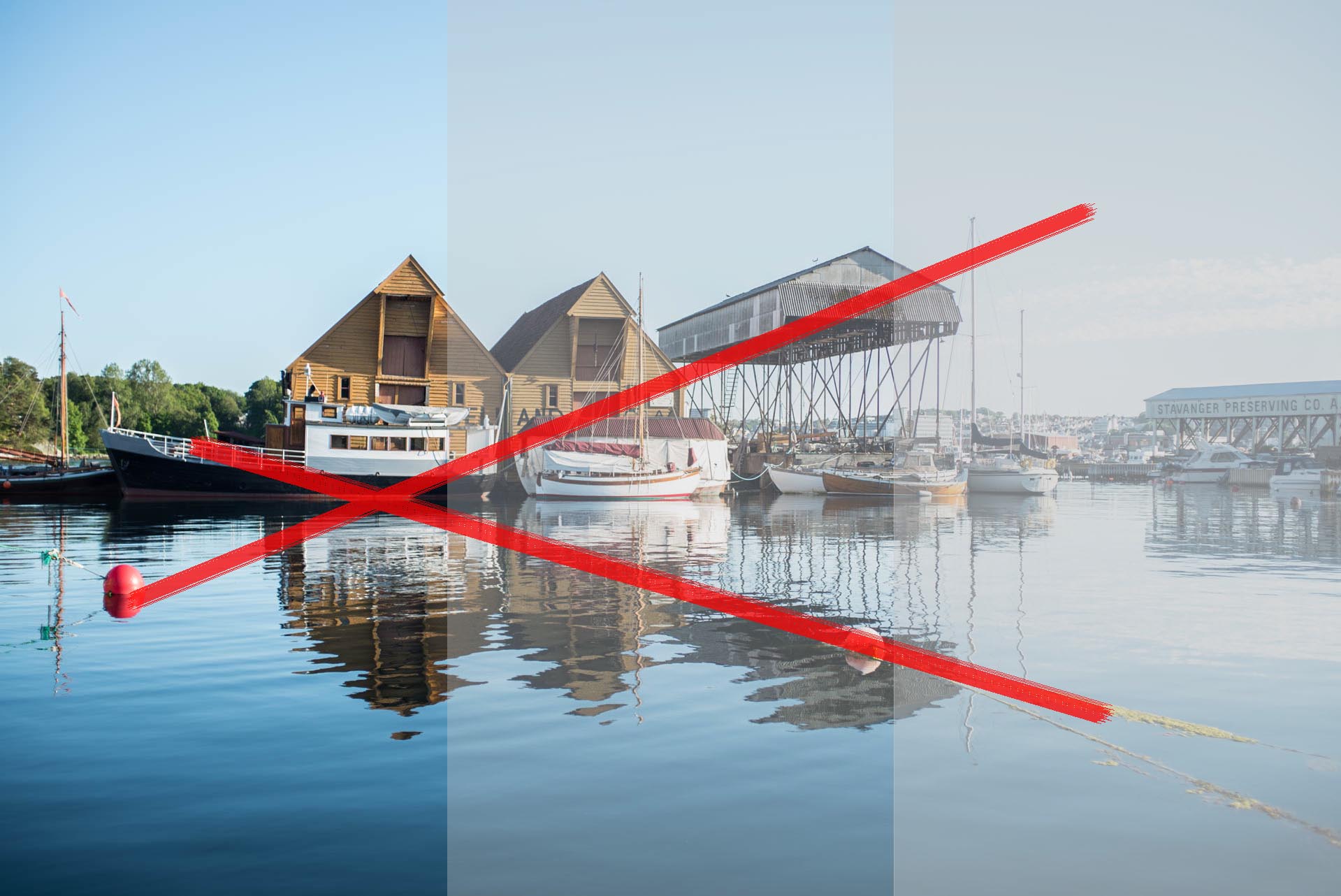
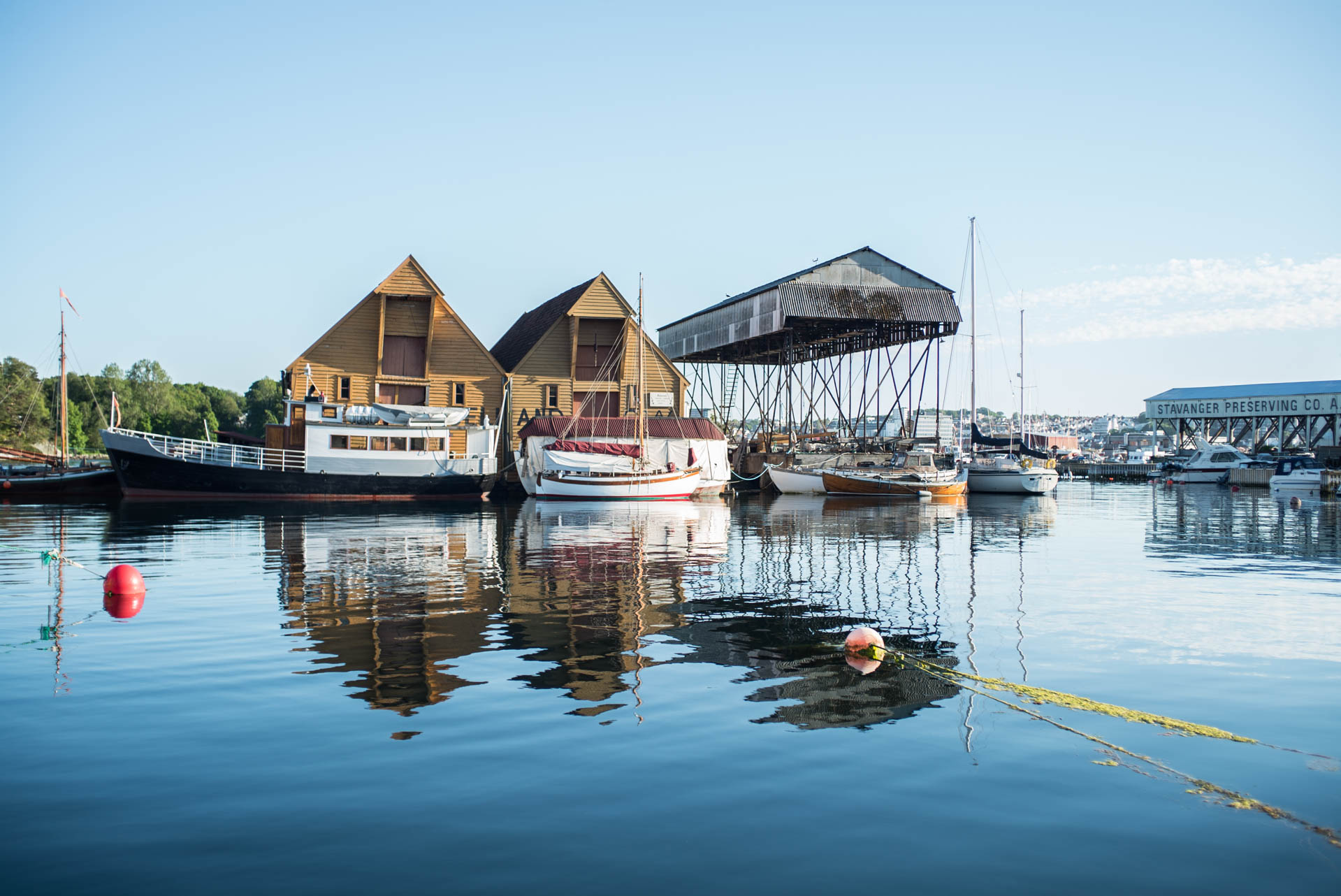
“Photos is for keeping great memories and the art of real life moments.”
Happy shooting!